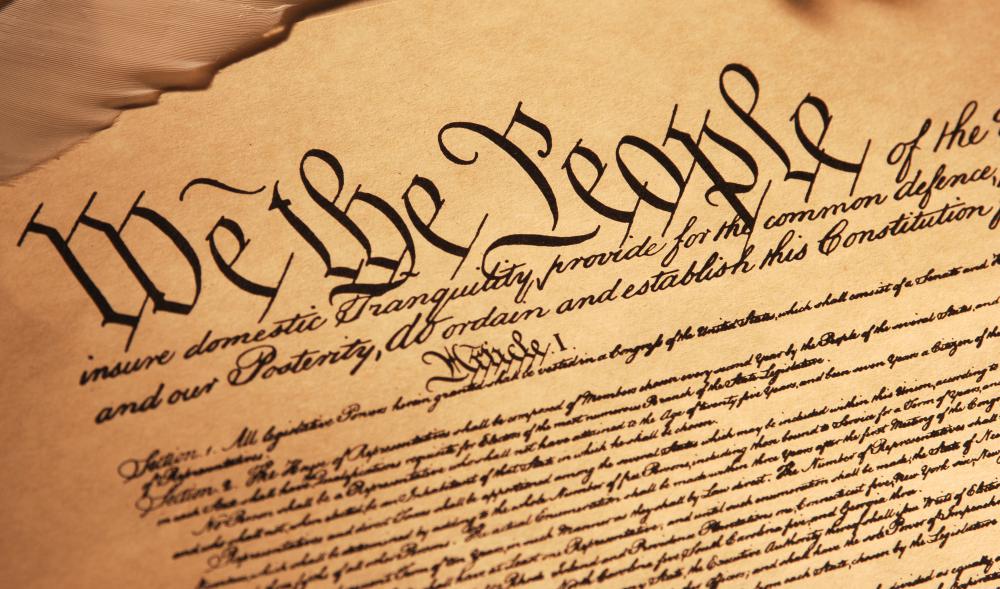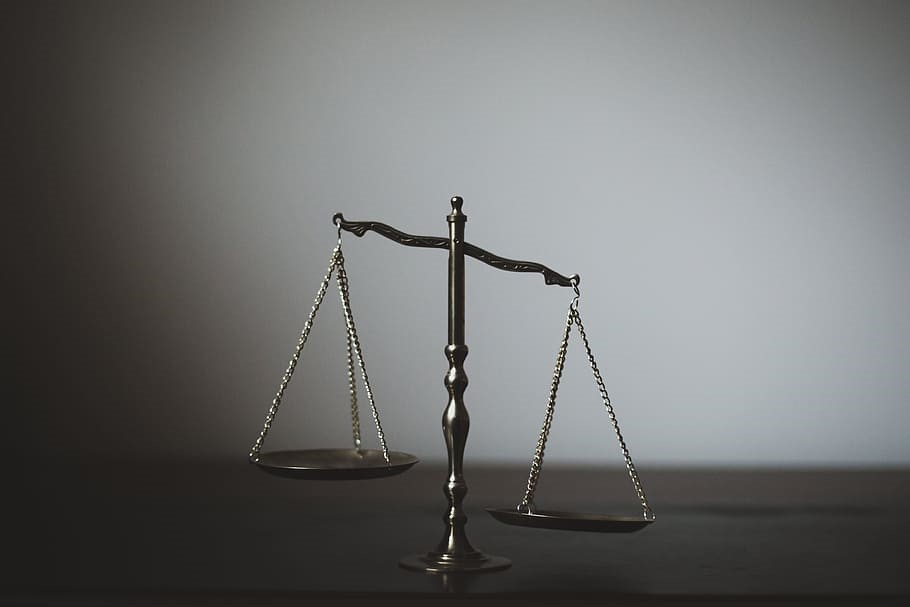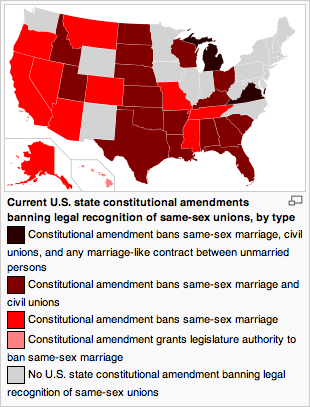

To persuade them, someone needed to articulate why the Americans were breaking away. When the Second Continental Congress convened in Philadelphia in 1775, it was far from clear that the delegates would pass a resolution to separate from Great Britain. Why did Jefferson draft the Declaration of Independence?

But it took the Civil War, which President Lincoln in the Gettysburg Address called “a new birth of freedom,” to vindicate the Declaration’s famous promise that “all men are created equal.” And it took the 14th Amendment to the Constitution, ratified in 1868 after the Civil War, to vindicate James Madison’s initial hope that not only the federal government but also the states would be constitutionally required to respect fundamental liberties guaranteed in the Bill of Rights-a process that continues today. In other words, the fundamental freedoms of the American people were alluded to in the Declaration of Independence, implicit in the Constitution, and enumerated in the Bill of Rights. The Declaration of Independence made certain promises about which liberties were fundamental and inherent, but those liberties didn’t become legally enforceable until they were enumerated in the Constitution and the Bill of Rights. They are symbols of the liberty that allows us to achieve success and of the equality that ensures that we are all equal in the eyes of the law. The Declaration and Bill of Rights reflect a fear of an overly centralized government imposing its will on the people of the states the Constitution was designed to empower the central government to preserve the blessings of liberty for “We the People of the United States.” In this sense, the Declaration and Bill of Rights, on the one hand, and the Constitution, on the other, are mirror images of each other.ĭespite these similarities and differences, the Declaration, the Constitution, and the Bill of Rights are, in many ways, fused together in the minds of Americans, because they represent what is best about America. (The first ten amendments are called the Bill of Rights.) The Declaration and Bill of Rights set limitations on government the Constitution was designed both to create an energetic government and also to constrain it.

The Declaration stands on its own-it has never been amended-while the Constitution has been amended 27 times.

The Declaration was designed to justify breaking away from a government the Constitution and Bill of Rights were designed to establish a government. The Founders believed that natural rights are inherent in all people by virtue of their being human and that certain of these rights are unalienable, meaning they cannot be surrendered to government under any circumstances.Īt the same time, the Declaration, the Constitution, and the Bill of Rights are different kinds of documents with different purposes. Those rights include common law rights, which come from British sources like the Magna Carta, or natural rights, which, the Founders believed, came from God. Most importantly, the Declaration, the Constitution, and the Bill of Rights are based on the idea that all people have certain fundamental rights that governments are created to protect. Thomas Jefferson was the principal drafter of the Declaration and James Madison of the Bill of Rights Madison, along with Gouverneur Morris and James Wilson, was also one of the principal architects of the Constitution. The Bill of Rights was proposed by the Congress that met in Federal Hall in New York City in 1789. The Declaration and Constitution were drafted by a congress and a convention that met in the Pennsylvania State House in Philadelphia (now known as Independence Hall) in 17 respectively. All were drafted by people of similar backgrounds, generally educated white men of property. There are some clear similarities among the three documents. These are the three most important documents in American history. But why are they important, and what are their similarities and differences? And how did each document, in turn, influence the next in America’s ongoing quest for liberty and equality? At the National Constitution Center, you will find rare copies of the Declaration of Independence, the Constitution, and the Bill of Rights.


 0 kommentar(er)
0 kommentar(er)
